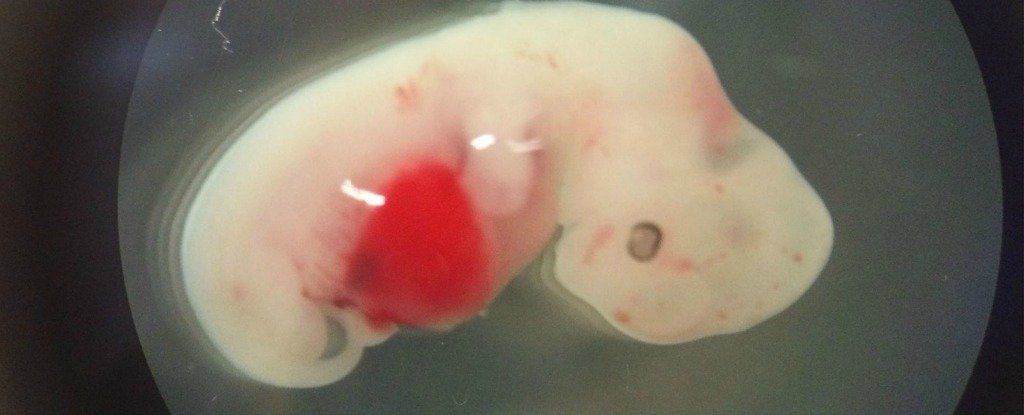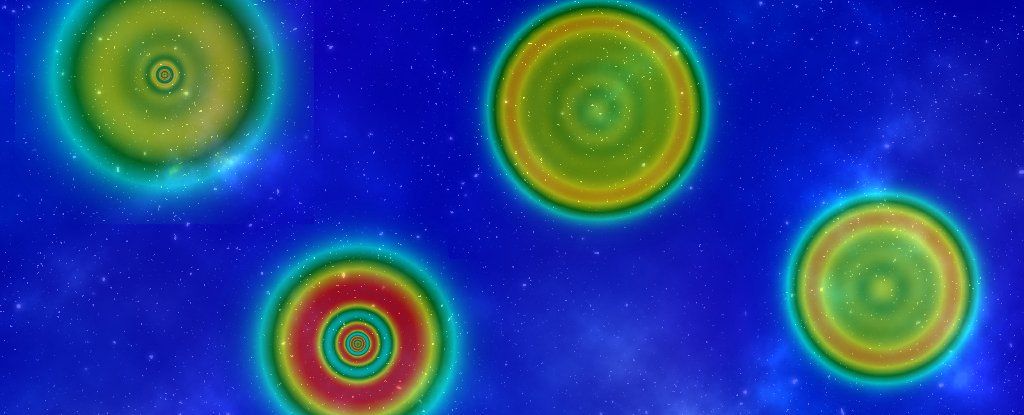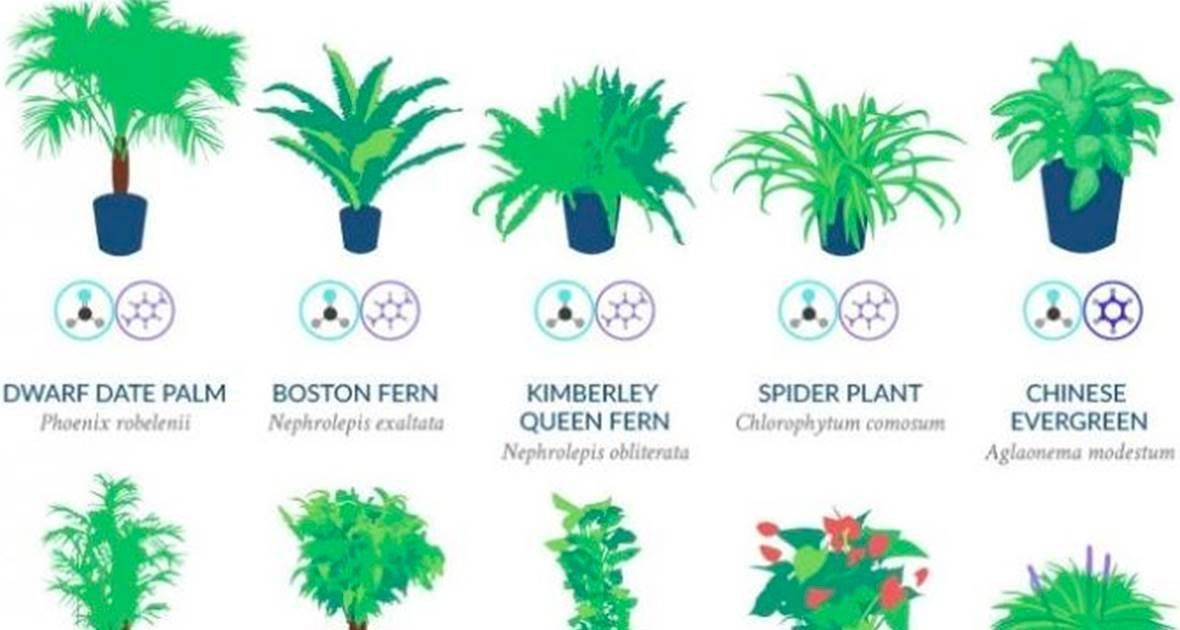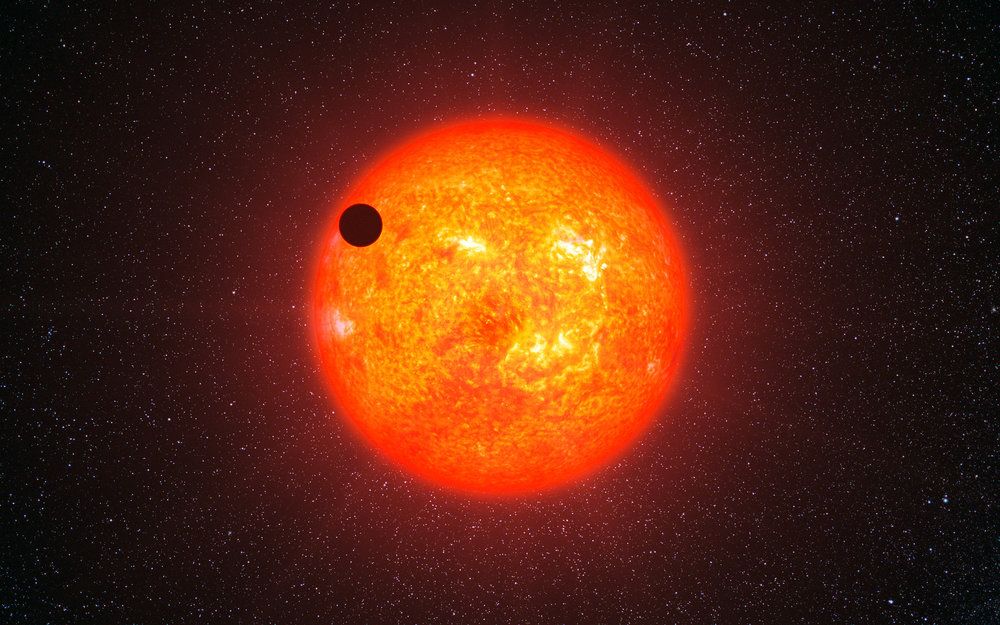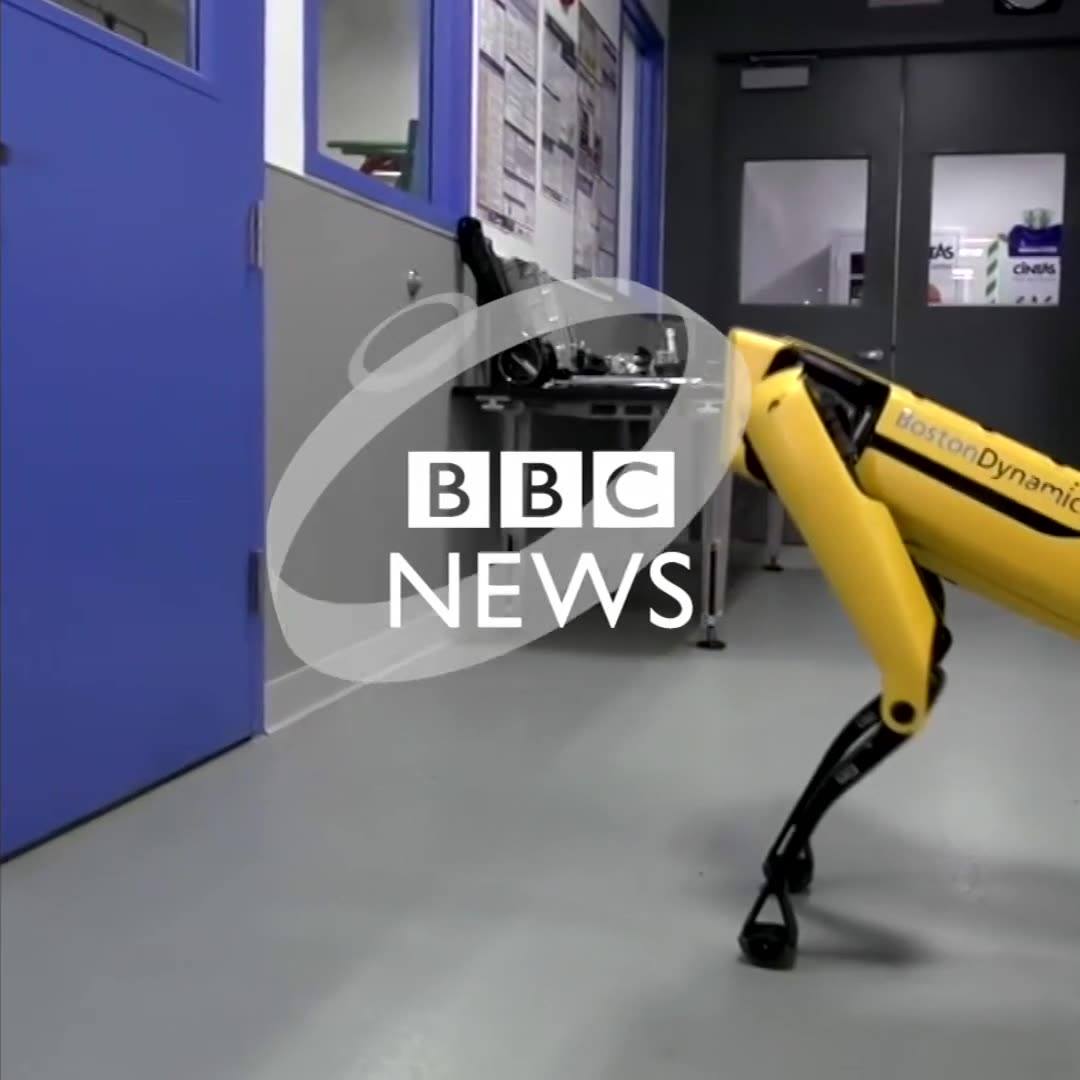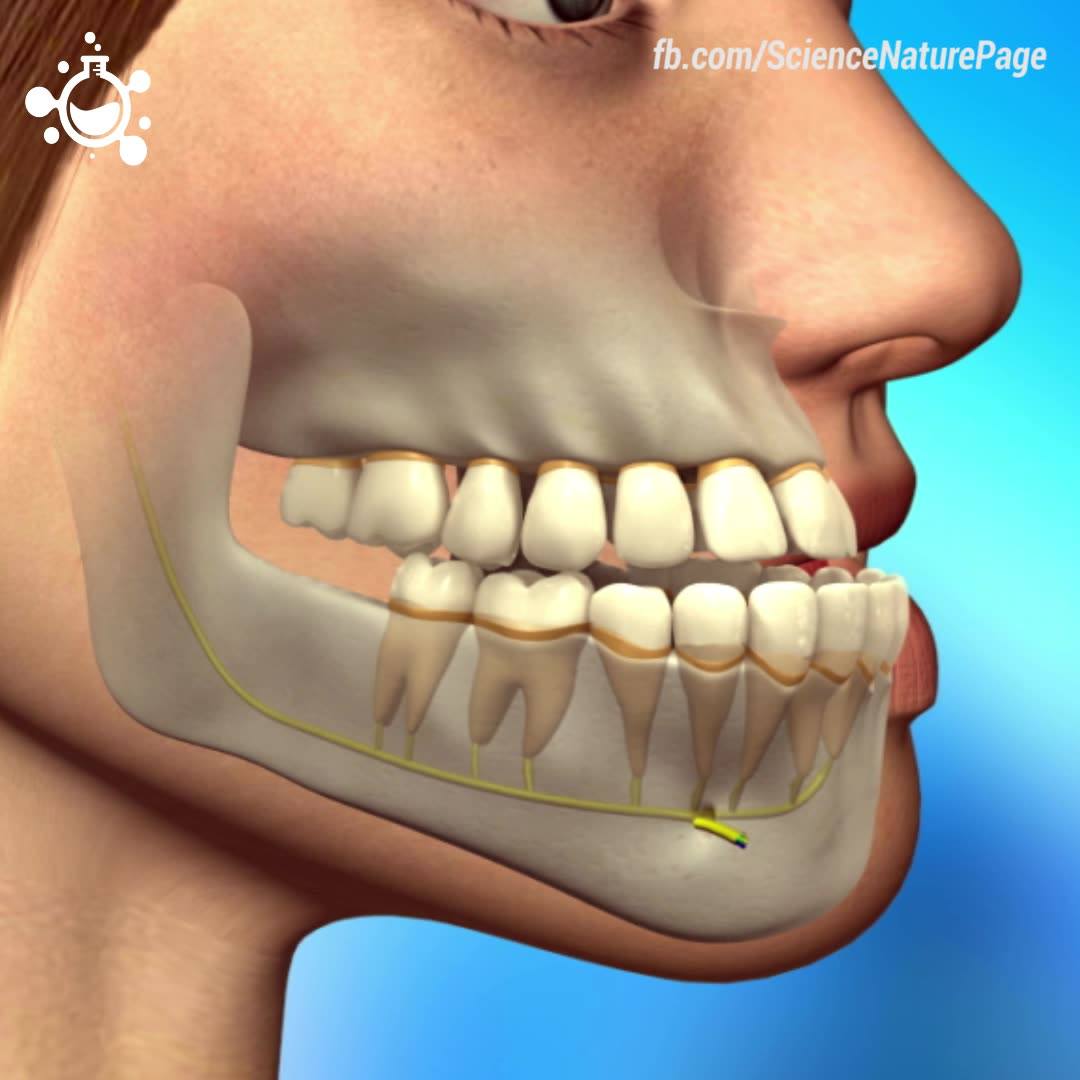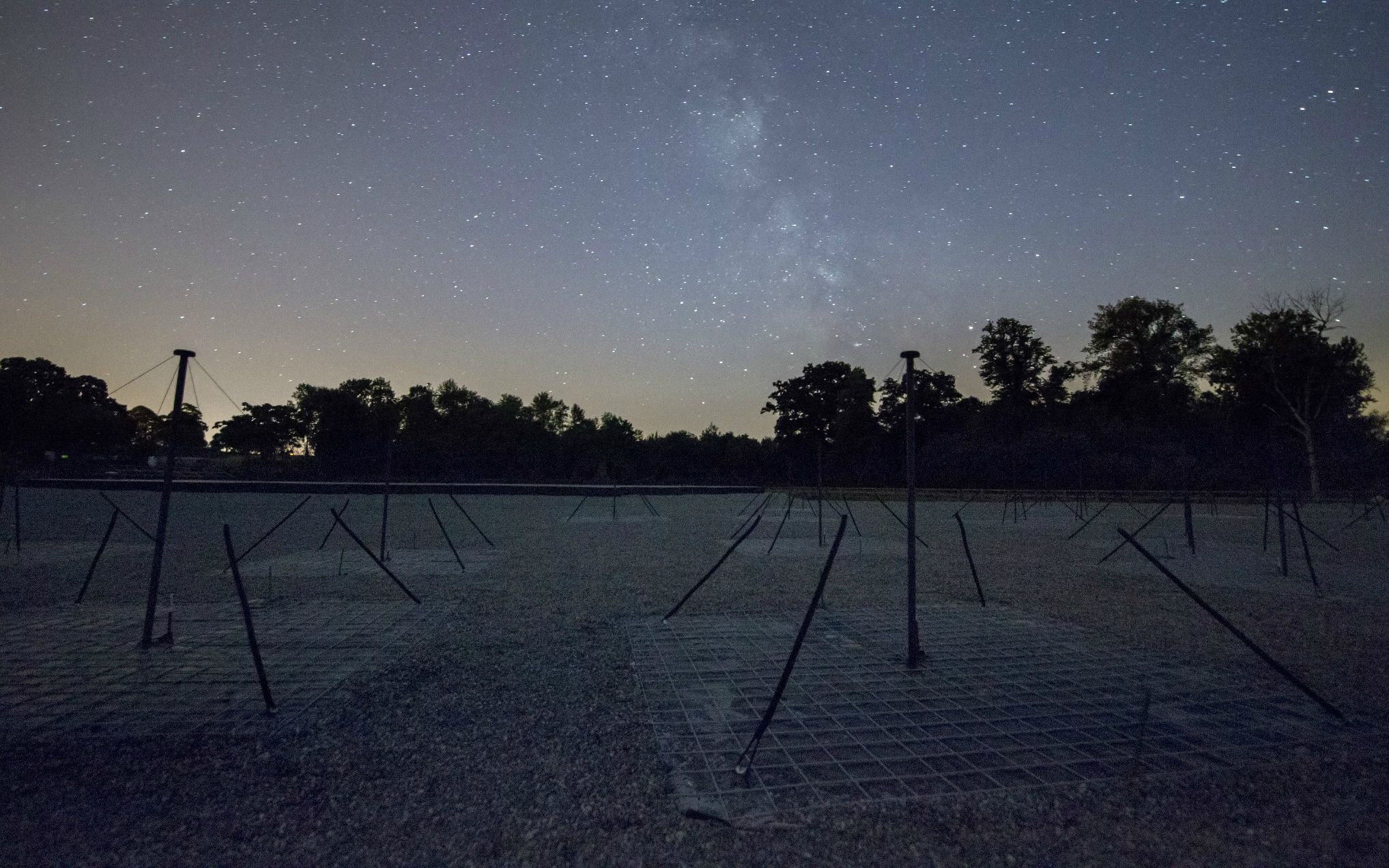Feb 22, 2018
Scientists Just Made Sheep-Human Hybrids. Here’s What You Need to Know
Posted by Shailesh Prasad in categories: bioengineering, biotech/medical
Researchers have achieved a new kind of chimeric first, producing sheep-human hybrid embryos that could one day represent the future of organ donation – by using body parts grown inside unnatural, engineered animals.
With that end goal in mind, scientists have created the first interspecies sheep-human chimera, introducing human stem cells into sheep embryos, resulting in a hybrid creature that’s more than 99 percent sheep – but also a tiny, little bit like you and me.
Admittedly, the human portion of the embryos created in the experiment – before they were destroyed after 28 days – is exceedingly small, but the fact it exists at all is what generates considerable controversy in this field of research.
Continue reading “Scientists Just Made Sheep-Human Hybrids. Here’s What You Need to Know” »
